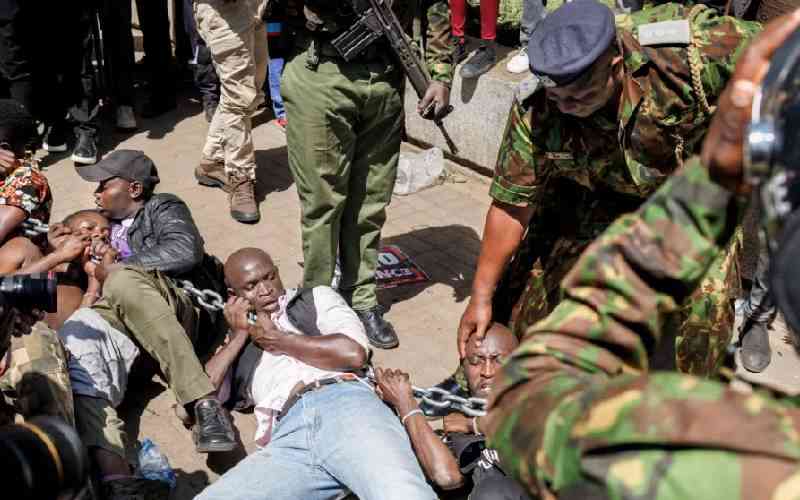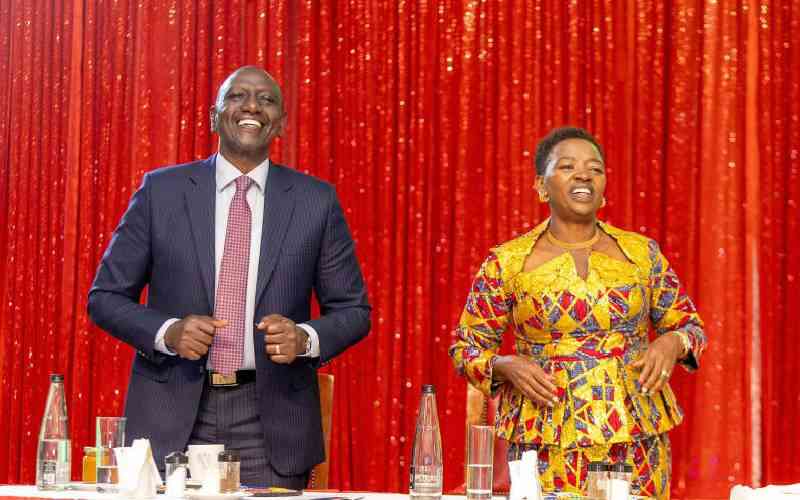
Professor Dickman said: "Lions are one of the most iconic species in the world, but are undergoing devastating declines."
Senior author Dr Andrew Jacobson of Catawba College in North Carolina, USA, 'both Sudan and Benin have a single known lion population each, that have approximately the same number of lions.
However, Benin's lone population is part of a much larger trans-frontier conservation area shared with two other countries, and Benin is a relatively more stable and prosperous country than Sudan. Sudan's lone population is also contiguous with a lion population in another country (Ethiopia in this case); however, the country is involved in a civil war with people fleeing in the millions.
The study first identified and mapped wild African lion populations, building on extensive lion monitoring. The researchers then created two general categories of population fragility, being ecological and socio-political, and identified factors in these two categories that may influence the survival of wild lions.
For example, a smaller lion population or higher densities of people and livestock were factors contributing to higher ecological fragility, while higher levels of corruption or lower GDP per capita would contribute to greater socio-political fragility.
The fragility score does not suggest which lion populations deserve protection or funding. It does, however, highlight the varying ecological and anthropogenic pressures facing different populations and which populations may require relatively more resources financial to conserve.
The combination of these two indices provided some interesting comparisons. Professor Amy Dickman added: "Some populations may ultimately have similar fragility scores, but they are driven by different threats. While on the surface, the lone lion populations in Sudan and Benin may appear similar, they likely require different levels of investment and perhaps even different types of intervention for conservation to succeed. Pouring money into conserving Sudan's lions may be relatively ineffective unless the socio-political factors such as the civil war are dealt with first."
Co-lead author Sam Nicholson of the Endangered Wildlife Trust, said: 'This research is the first of its kind in bringing together both ecological and socio-political factors into a single index to evaluate potential conservation investments for African lions. This is critical because the challenges faced by lions have both ecological and socio-political roots.'
Indeed, lion conservation is needed more than ever. Less than half of the 62 known remaining free-ranging wild African lion populations house over 100 lions. African lions remain in only 25 countries and nearly half of these nations have fewer than 250 individuals.
Eight countries now house only a single wild lion population. Although the total African population may be estimated at between 20,000 and 25,000 individuals, there is concern that these small, fragmented populations and countries with few individuals will disappear.
Rapidly growing anthropogenic pressures on natural resources, particularly in Africa, suggest a challenging future for lions, and wildlife in general. With human-induced threats like habitat loss, prey depletion, and human-wildlife conflict, lions are increasingly being pushed to the brink.
However, substantial efforts are being made to halt population loss and regain territory. Conservation efforts are having some success, such as expanding lion populations in Niokolo Koba National Park, Senegal, and Gorongosa National Park in Mozambique.
Notably, almost all of remaining African lion range is within countries that rank in the 25 per cent poorest countries in the world.
While lions have been eliminated from many countries in sub-Saharan Africa, North Africa and the Middle East, the countries that eliminated their lions a century or more ago, are largely those with relatively less poverty today.
Stay informed. Subscribe to our newsletter
This leaves the remaining African lions vulnerable to the pressures felt by many of the poorest countries and communities in the world.
 The Standard Group Plc is a
multi-media organization with investments in media platforms spanning newspaper
print operations, television, radio broadcasting, digital and online services. The
Standard Group is recognized as a leading multi-media house in Kenya with a key
influence in matters of national and international interest.
The Standard Group Plc is a
multi-media organization with investments in media platforms spanning newspaper
print operations, television, radio broadcasting, digital and online services. The
Standard Group is recognized as a leading multi-media house in Kenya with a key
influence in matters of national and international interest.
 The Standard Group Plc is a
multi-media organization with investments in media platforms spanning newspaper
print operations, television, radio broadcasting, digital and online services. The
Standard Group is recognized as a leading multi-media house in Kenya with a key
influence in matters of national and international interest.
The Standard Group Plc is a
multi-media organization with investments in media platforms spanning newspaper
print operations, television, radio broadcasting, digital and online services. The
Standard Group is recognized as a leading multi-media house in Kenya with a key
influence in matters of national and international interest.





